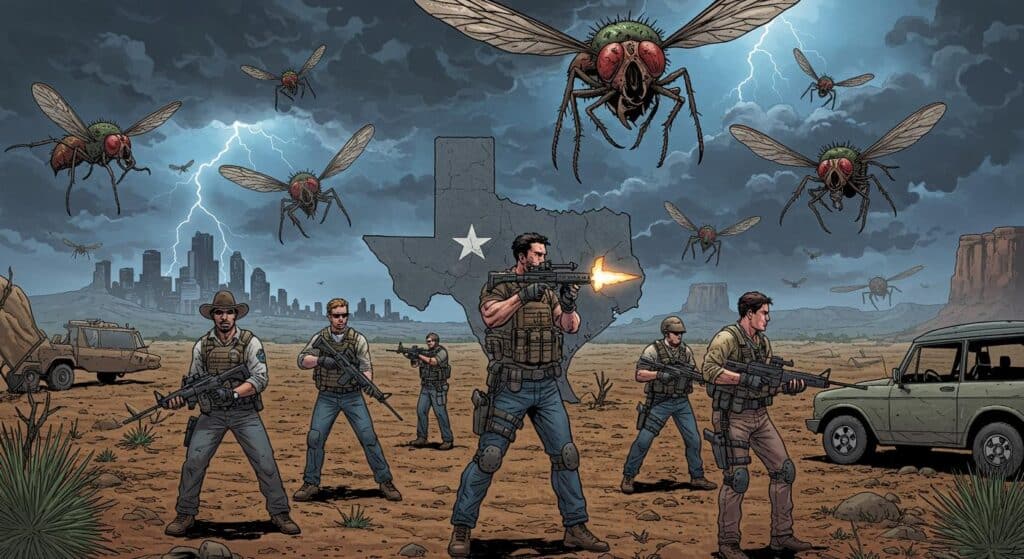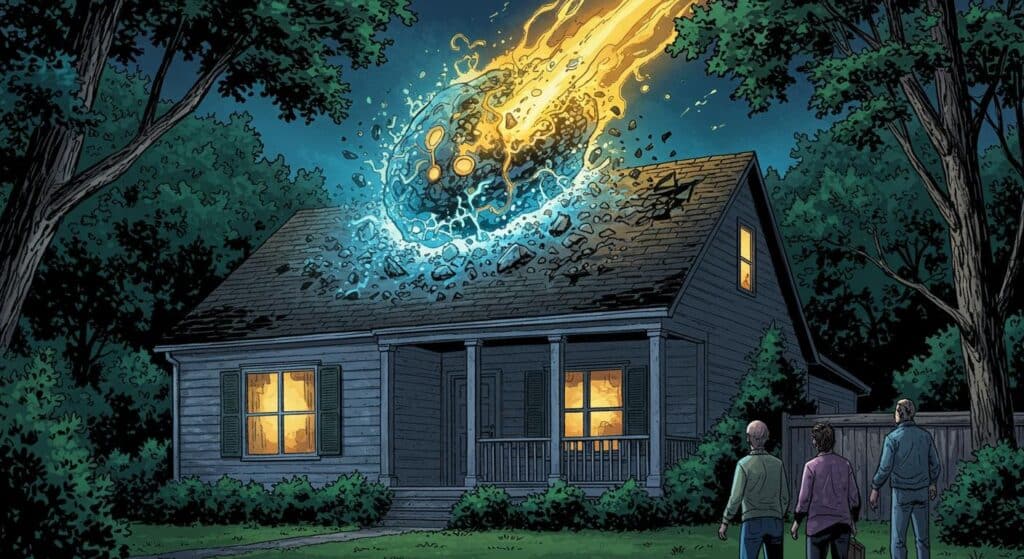Rat kings. The phrase alone sounds tailor-made for a tale told over candlelight: a grotesque tangle of rodents bound by their own tails, sometimes said to fall under the sway of a “king” rat, leading the group like some rodent baron. It’s the sort of thing that might comfortably nestle alongside plague doctors and witches in medieval lore—something most would reasonably dismiss as fanciful myth. But, as highlighted in National Geographic’s in-depth report, the truth is unexpectedly stranger—and, unfortunately for the rats, rather bleak.
(Note: A second article from Yahoo reviewed for this piece adds no original reporting and simply refers back to the National Geographic investigation.)
Unraveling the Rat King Legend
For over 500 years, stories of rat kings have circulated, usually accompanied by illustrations more at home in a particularly macabre natural history museum than any biology textbook. According to National Geographic, 18th-century physician M.B. Valentini even memorialized the phenomenon in a 1714 sketch. The myth typically involves a clutch of rats, tails hopelessly united—sometimes under the command of an alpha rodent pulling the proverbial strings.
Despite all the drama, the reality is disappointingly un-cinematic. In the view of some skeptics, the few preserved specimens displayed in European museums were long suspected of being elaborate hoaxes—artifacts of exaggeration, or possibly, a taxidermist’s bid for notoriety. Yet others, like Andrei Miljutin, curator of the University of Tartu’s Natural History Museum in Estonia, contend otherwise. Miljutin cuts straight to the point: “The rat king is not a legend.” In fact, he calmly notes that he’s got two such specimens stored in the same building from which he typed those words.
Yet, before you start picturing yourself tracking down a rat king for Instagram clout, Miljutin urges people not to celebrate such findings. He describes these unfortunate rats as suffering under a “death sentence”—incapable of moving normally, feeding, or drinking, and subject to relentless pain and helplessness. In short, the reality is nothing like the gleeful horror of fairy tale depictions. Perhaps that’s the point: reality has a knack for being less fun than fiction.
How Do Rat Kings Actually Form?
Let’s clear up one bit of persistent folklore. According to National Geographic, and based on Miljutin’s research published in 2007 in Proceedings of the Estonian Academy of Sciences, rat tails don’t spontaneously knot themselves in mid-scuttle like villainous mustaches; they require a sticky assistant. Most confirmed rat king cases involve the black rat (Rattus rattus) in parts of Europe, especially Germany, France, Poland, the Netherlands, and Belgium, with just one reliable report from Java. Pattern-wise, these oddities often coincide with cold snaps, which, coupled with crowding and a surplus of sticky substances (everything from mud to manure and feathers), are thought to set the stage for trouble.
Miljutin’s investigation into a 2021 case in South Estonia found 13 young black rats tightly balled together—tails fused in a hodge-podge of clay soil, poultry manure, straw, and feathers. Not exactly the mystical knotwork some earlier chroniclers envisioned, and not the sort of thing you’d want to stumble across between your couch cushions.
Remarkably, when Miljutin arrived, the rats were still alive—an outcome almost as rare as the phenomenon itself. Video captured by local news, as referenced in National Geographic, documents the unfortunate cluster. One wonders what the rats made of their sudden viral fame.
Rats, Social Hierarchies, and the Nonexistence of a True “King”
It’s hard not to focus on the “king” aspect—after all, wouldn’t a council of rodents, led by one cunning chief, make for the kind of story you’d want to tell? Bobby Corrigan, whose three decades in urban rodentology have earned him nicknames like “the rat king of New York,” has been approached many times for his verdict. For years, he demurred, never witnessing a rat king himself. After reviewing Miljutin’s evidence, though, Corrigan told National Geographic that he’s convinced: “For sure, it is real, but it is rare,” though perhaps less so from the rats’ point of view.
Pressed on whether a dominant rat could lead a tangled pack, Corrigan makes two points. First, biology stands in the way: rat tails, composed of robust cartilage, may be flexible enough for climbing and coiling, but not “knotting” in the classic sense. Second, while rats are social animals and establish pecking orders—often featuring a dominant male in charge of local territory—no actual “king” directs the pack as a gruesome overlord. So, for those hoping to spot a rodent monarchy in action, the closest analogy is more of a dysfunctional accidental commune than a ruling dynasty.
Corrigan, in a twist worthy of a naturalist’s sense of irony, reminds readers that rats have contributed immeasurably to human progress: “We probably owe 20, maybe 30, additional years to our own [life expectancy] to rats,” he says. Without these animals taking on the (unwitting) role of medical test subjects, most lifesaving pharmaceuticals would likely remain on the shelf of good intentions. That’s a legacy arguably more influential than any rat monarch on record.
Stranger Than Fiction, Grimmer Than Folklore
So, what remains of the rat king once dialed through the filter of science and first-hand observation? Not a supernatural beast or a carnival sideshow, but a potent reminder of how animal suffering can breed myth—and how persistence in natural history sometimes uncovers tales as odd as any fable, just less fantastical. In the cold corners of a barn—and the colder sections of history—fact and fiction seem to huddle together just as closely as the rats they describe.
Would you find yourself less fascinated (or slightly more unsettled) knowing the rat king lives not only in stories, but as a rare, grim accident waiting to happen wherever rats and sticky circumstances collide? At the very least, it’s safe to say some legends don’t need embellishment—they’re plenty peculiar on their own.







